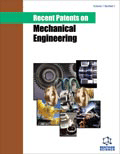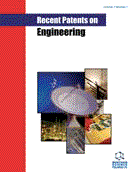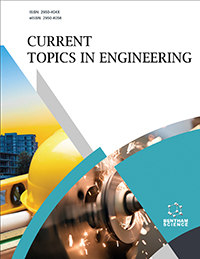Abstract
Background: Hydrostatic bearings possess the advantages of strong bearing capacity, good stability, small friction coefficient, and long life. The performance of liquid hydrostatic bearings directly affects the accuracy and efficiency of CNC machining equipment. The performance is conducive to the development of CNC machine tools towards high speed and heavy load, so it is necessary to sort out and summarize the existing research results.
Objective: This study summarizes the current development status of hydrostatic bearings and explains the development trend of hydrostatic bearings.
Methods: According to the recently published journal articles and patents, the recent experimental research on hydrostatic thrust bearings is summarized. This paper summarizes many factors that affect the performance of hydrostatic bearings, and discusses the effect of various factors on hydrostatic bearings. Finally, future research on hydrostatic bearings is also presented.
Results: The study discusses experimental methods, simulation processes, and experimental results.
Conclusion: Dynamic and static pressure effects can be produced by changing the structure of the oil cavity of the hydrostatic bearing. This effect can make up for the static pressure loss. By improving the theoretical formula and mathematical model and proposing a new simulation method, the accuracy of the hydrostatic bearing simulation can be obtained; the future development trends of the hydrostatic bearing have been proposed in this paper.
Keywords: Development trend, dynamic and static pressure effect, experimental research, hydrostatic bearing, oil cavity structure, optimization.

























